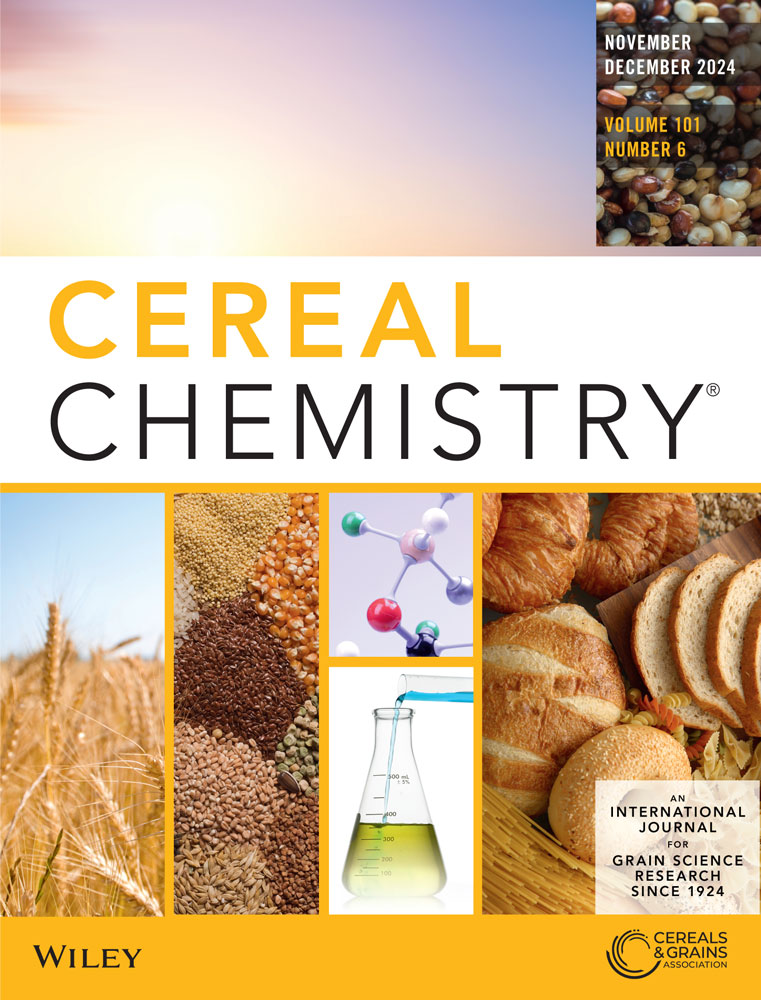Texture is critical in determining the eating quality of cooked rice and is dependent on physiochemical properties of rice grains. In this study, relationships between texture properties of cooked rice with grain amylose and protein content were evaluated across 25 high eating quality indica rice varieties.
Grain amylose and protein content ranged from 13.2% to 20.0% and from 5.37% to 7.77%, with means of 17.6% and 6.43%, respectively. The ranges of hardness, springiness, cohesiveness, resilience, and chewiness of cooked rice were 425–1074 g, 0.672–0.812, 0.447–0.632, 0.278–0.457, and 130–480 g, with means of 710 g, 0.768, 0.570, 0.394, and 320 g, respectively. Correlation plot analysis and partial correlation analysis showed that all five texture properties of cooked rice were significantly related to grain amylose content, whereas the relationships between each of the five texture properties and grain protein content were not significant or much less significant than the relationships between texture properties and grain amylose content.
High eating quality indica rice varieties have diverse texture properties when cooked. Selection of texture properties of cooked rice should focus on grain amylose content rather than grain protein content for high eating quality indica rice.
This study identifies the critical physiochemical property determining cooked rice texture in high eating quality indica rice.


